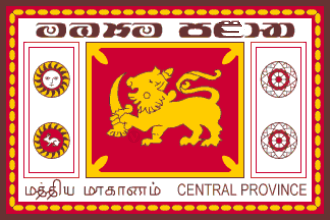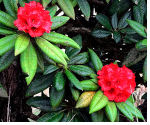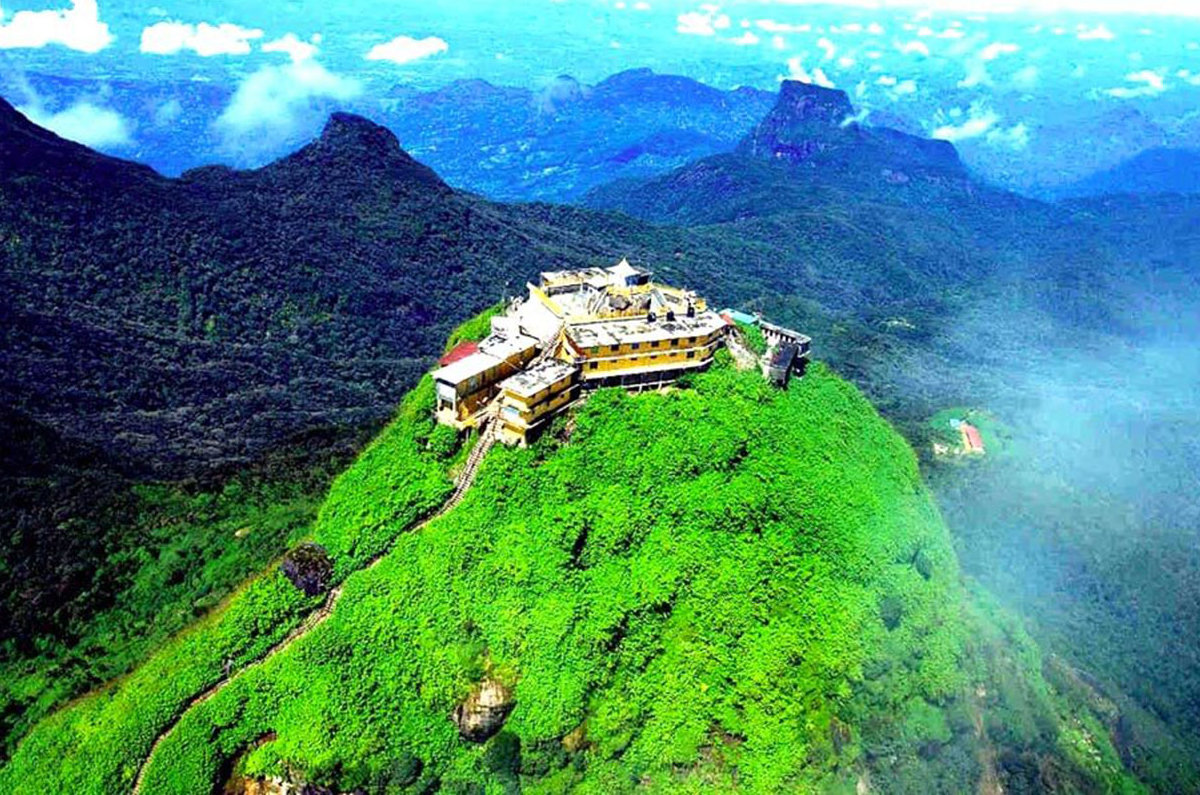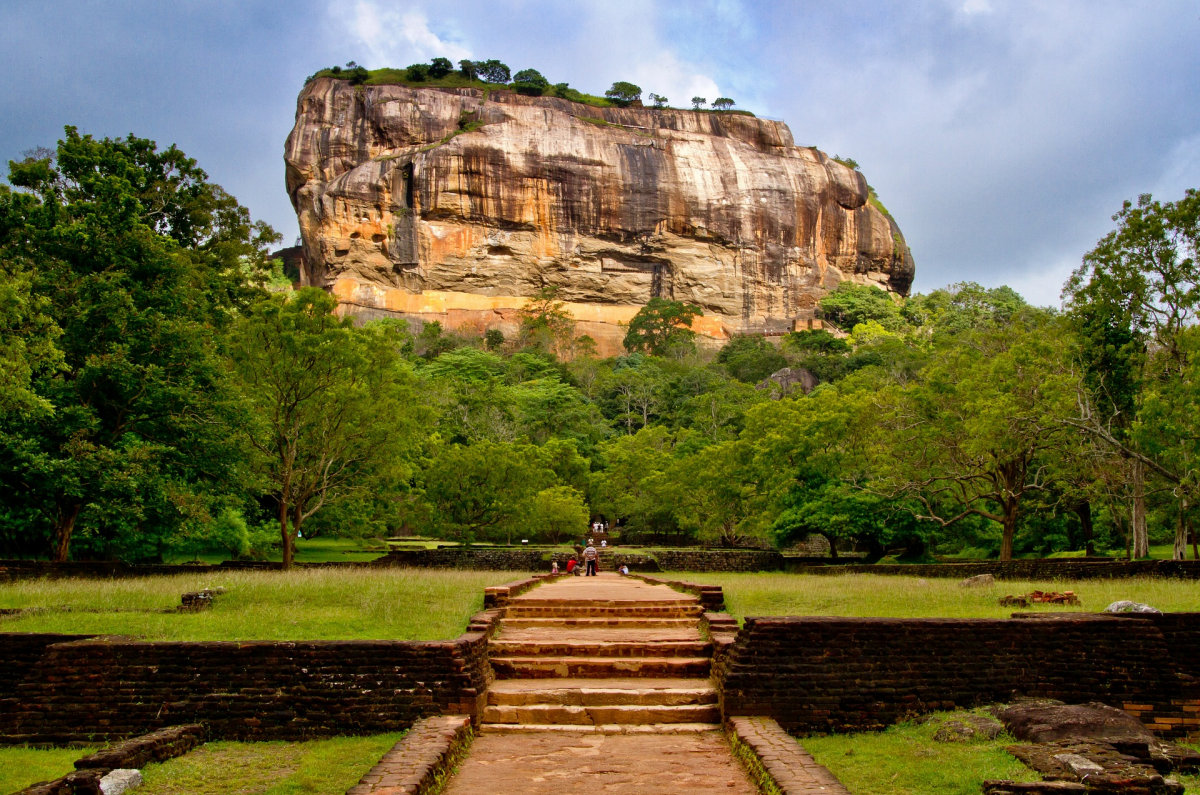Welcome to the Office of the Council SecretaryCentral Provincial Council



An Introduction to the Central Province
About Central Provincial Council of Sri Lanka

The Provincial Council system was established in Sri Lanka in the year 1988 under the 13th Amendment to the Constitution of the Democratic Socialist Republic of Sri Lanka. Accordingly the functions of the Central Provincial Council have been commenced on the 14th July 1988 . The Central provincial Council Authority Area Consists of three Administrative Districts , Namely Kandy , Matale and Nuwara Eliya. There are 58 elected members in the Central Provincial Council , representing the major communities , Sinhala , Tamil and Muslims living in the Central Province.
The Governor appointed by the President functions as the Chief Executive of the Central Province. There is a Board of Ministers with the Chief Minister at the head and four other Ministers to aid and advise the Governor in the exercise of his function.
According to the 13th Amendment to the Constitution the subjects and function allocated to the Central Provincial Council are shown in the 1st List called the provincial Council List. The 2nd List shows subjects and functions reserved for the parliament called the enclosed list and in the 3rd List the subjects and functions can be exercised by both the parliament and the provincial council and is referred to as the concurrent List.
The Provincial Council , subject to the provisions of the constitution, frames statutes applicable to central province in respect of any matter set out in the provincial council List’ the provincial council has no power to make statutes on any matter set out in the reserved ListThe Central Provincial council, subject to the provisions of the constitution , may make statutes applicable to the Central Province.
History of the Central Provincial Council

-
13th Amendment to the constitution
-
Provincial Council Act no. 42 - 1987.
-
Provincial Council Act no. 02 - 1988 (provincial elections)
-
Provincial Council Act no. 37 - 1988 (Salaries and Allowances)
The Mace (Senkolaya)

The Mace, according to the British Westminster system is a special element of democratic parliamentary governing. The Mace symbolises the Public who take part in the governing process. The Mace is displayed in the council to symbolise the representatives of the people, who are elected by the public at Divisional level. Accordingly, the Mace of the Parliament of Sri Lanka which is crafted with British tradition, was gifted to Sri Lanka by the British House of Commons in 1949.
The Central Provincial Council's Mace is also a result of the same influence. It is made with precious Mahogany wood and is a true representative of the esteemed upcountry craftsmanship. All members and officials of the council stand up and bow down to mark their respect to the Mace, from the moment it is been brought in to the council by the Chairman and Secretaries, to until it is laid on its holder.
Whenever the Mace is placed in the council, it is positioned so that the heavy part faces the governing party and the handle faces the Opposition. This is to denote that the heavy part represents the majority while the smaller handle represents the minority. The Mace is seated at the top most place of its holder when the council operates as a grand assembly and lowered when the council functions as a working committee.
The heavy head of the Mace consists of a "Pun Kalasa" (pot of abundance - the symbol of prosperity) with a large blooming Lotus flower.
Maha Rath Mala - The Official Flower of Central Province

This plant grows better in on open plains rather than in forests. It grows up to 2 or 3 feet in open plains and the same is found growing up to 10 or 15 feet in jungles. Apart from surviving in the coold regions of the mountains ,this plant also has been observed to successfully withstand frequent forest fires in the Horton plains being capable of re-grow after destruction by fire. The leaves exhibit thickness in the region of millimeters of 110×50. In common with the leaves of other sub species Rhododendron arboreum - subsp. zeylanicum bears fine brown hairs on the underside of the leaves. This can be considered as an adaptation to withstand extreme cold.







